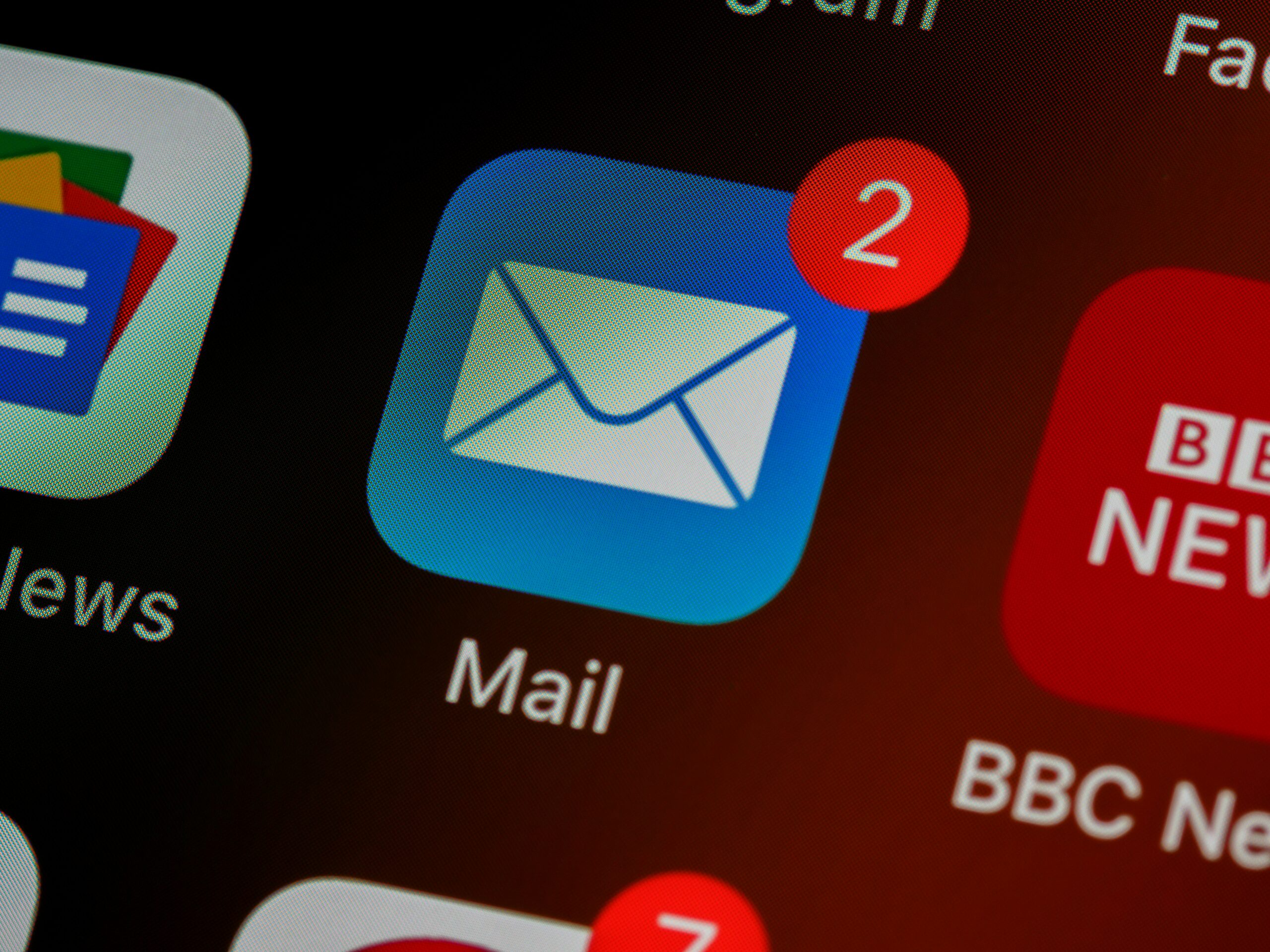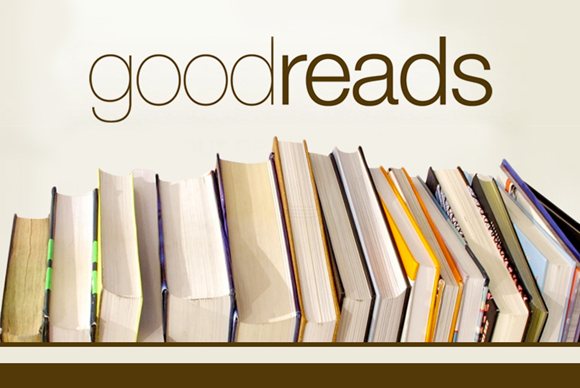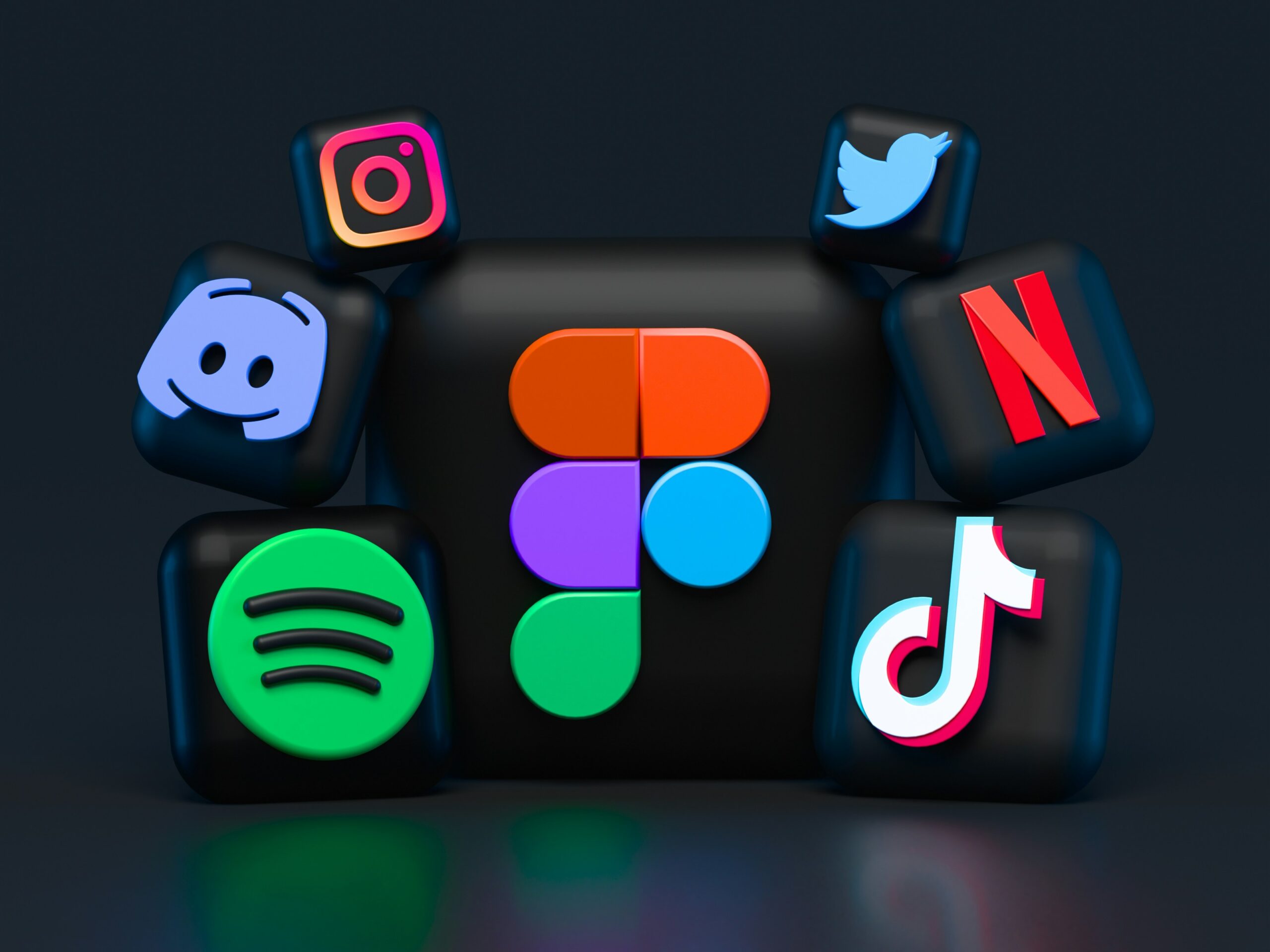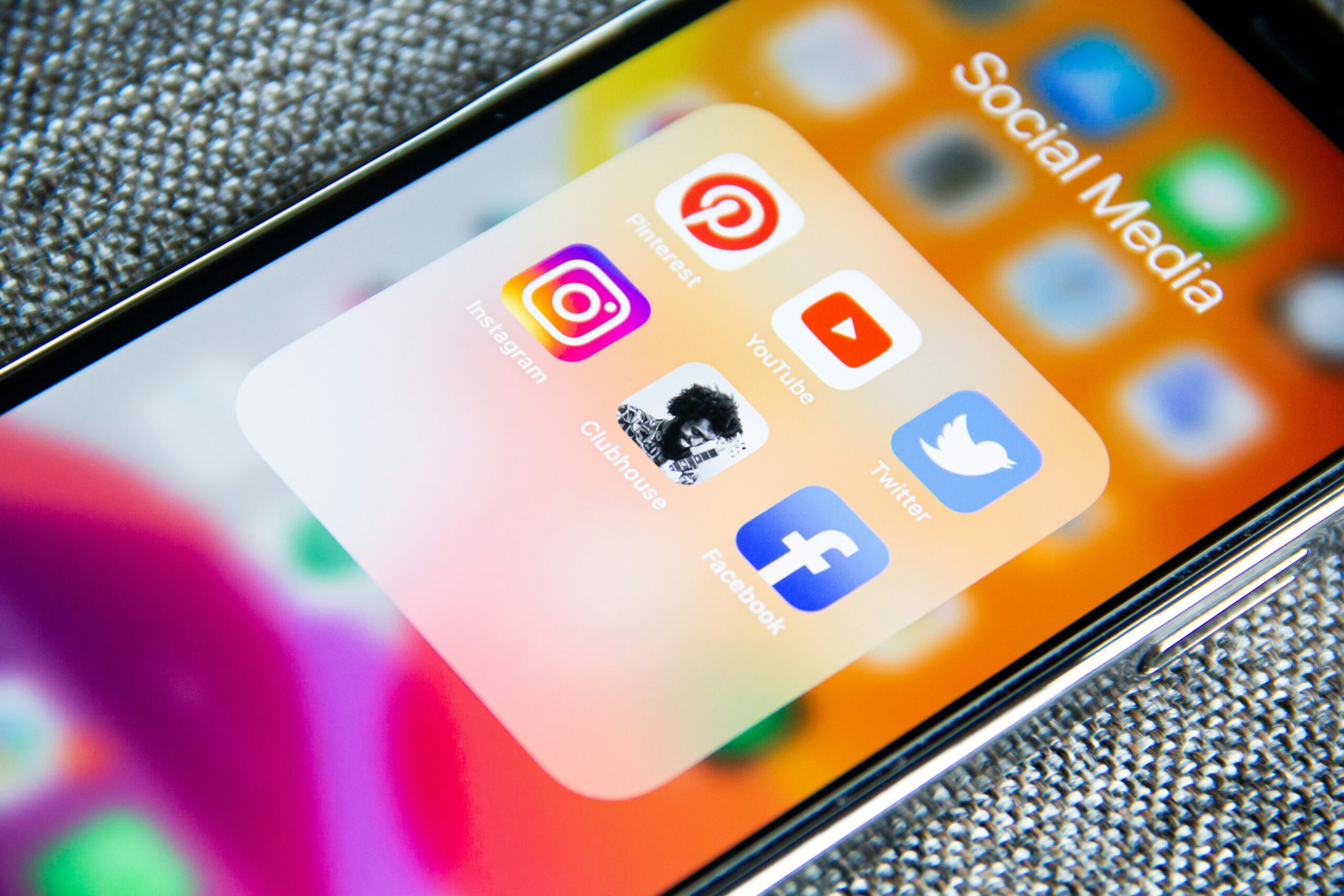8 Results in the "Advertising Strategies" category
-

Email newsletters area a potent weapon in an author’s arsenal. By harnessing the power of direct communication with your audience, you can forge lasting connections, promote your work, and drive sales like never before. This comprehensive guide will equip you with the strategies and insights you need to conquer the realm of book advertising through email newsletters. The Compelling Case for Email Newsletters While…
-

Traditional advertising methods are becoming less effective, and authors are seeking new ways to promote their books. Influencer marketing has emerged as a powerful tool for book promotion, allowing authors to tap into the loyal followings of social media influencers and reach their target audience more effectively. In this comprehensive guide, we’ll explore the world of book advertising using influencer marketing, including strategies, best…
-

In the ever-evolving world of book marketing, a captivating book trailer has become an indispensable tool for authors and publishers alike. These visually stunning, cinematic vignettes offer a tantalizing glimpse into the heart of a book, piquing readers’ curiosity and enticing them to embark on a literary adventure. As an author or marketer, crafting a compelling book trailer is an art form that requires…
-

As an avid reader and book enthusiast, you’ve likely heard of Goodreads, the world’s largest social network for bookworms. With over 90 million members and a vast catalog of books, Goodreads is a powerhouse when it comes to connecting readers with their next literary adventure. However, did you know that Goodreads can also be a goldmine for authors and publishers looking to promote their…
-

In the vast ocean of literary works, making your book stand out from the crowd can be a daunting task. However, with creativity and strategic thinking, you can craft advertising campaigns that captivate your target audience and propel your book to new heights. Embrace the power of innovative marketing strategies, and watch as your book’s journey unfolds with remarkable success. The Art of Storytelling:…
-

As an indie author, the task of promoting and advertising your book can be daunting, especially in today’s crowded market. However, with the right strategies and techniques, you can reach your target audience and increase your book sales. In this comprehensive guide, we’ll explore a wide range of book advertising ideas tailored specifically for indie authors, along with valuable insights and recommendations. Understand Your…
-

Social media has become an indispensable tool for authors and publishers to promote their books and connect with readers. With billions of active users across various platforms, social media offers a vast audience and numerous opportunities to reach potential readers. However, with so much content vying for attention, it’s crucial to develop an effective social media strategy to make your book stand out. In…
-

Promoting your book can be a daunting task, especially when working with a limited budget. With the vast array of advertising platforms and strategies available, it’s crucial to find cost-effective solutions that maximize your reach and impact. In this article, we’ll explore various book advertising strategies that can help you effectively market your work without breaking the bank. Understanding Your Target Audience Before diving…
